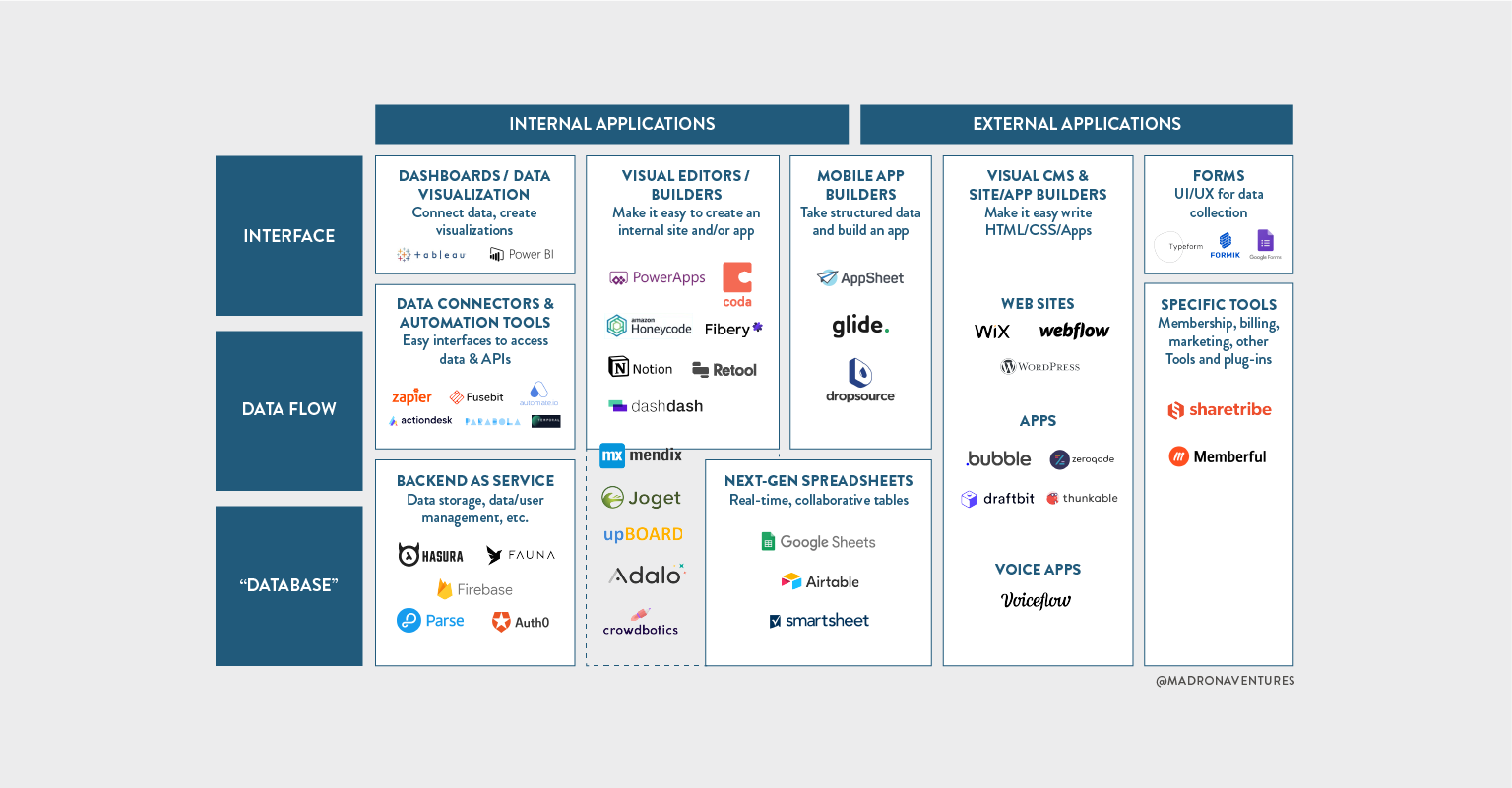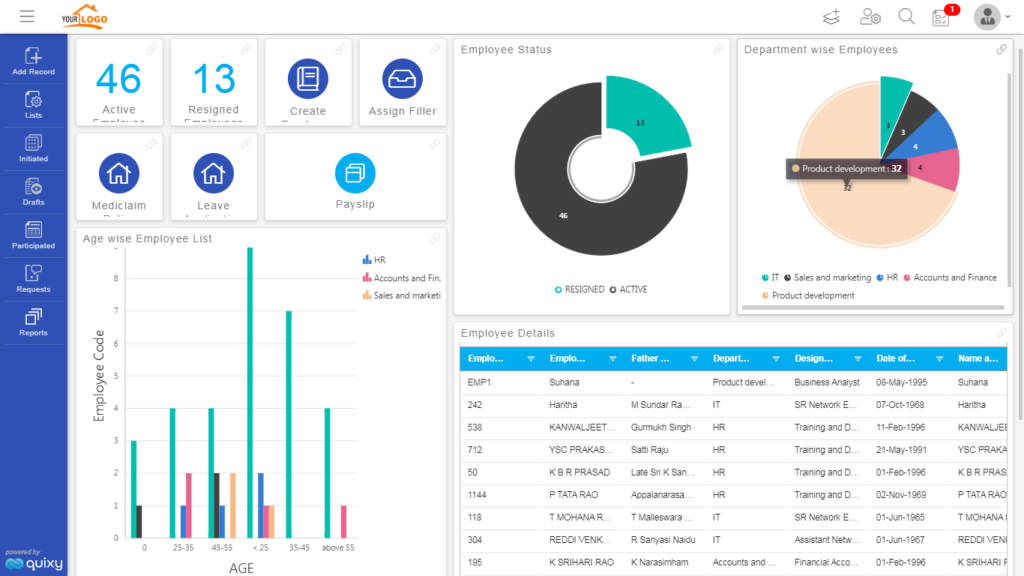Exploring the Benefits of Scalable Data Sources That Call For No Coding Abilities for Effective Data Management Solutions
The appearance of scalable data sources that get rid of the need for coding abilities offers a transformative chance for organizations looking for effective information administration solutions. By allowing non-technical individuals to harness the power of data through instinctive interfaces, these systems enhance ease of access and foster collaboration throughout varied teams. Their cost-effectiveness and flexibility to evolving company needs can substantially simplify functional procedures. As we think about the ramifications of such advancements, it ends up being essential to examine just how they can improve the landscape of information management and drive sustainable development in a competitive environment.
Improved Availability for Individuals
Boosted accessibility for users is an important facet of scalable data sources, guaranteeing that information monitoring systems are instinctive and user-friendly. In an age where data-driven decisions are vital, availability enables a larger variety of customers, consisting of those without substantial technological expertise, to involve with data source systems successfully. This democratization of data gain access to helps with enhanced collaboration across divisions, equipping workers to make and remove understandings notified decisions.
Easy to use user interfaces, such as aesthetic information and drag-and-drop functions depiction, streamline complex data communications. These improvements lower the understanding curve associated with typical database monitoring, allowing users to concentrate on leveraging data instead than coming to grips with technical intricacies. Furthermore, scalable data sources usually integrate real-time analytics and customizable dashboards, giving individuals with prompt insights customized to their particular demands.

Cost-Effectiveness and Source Cost Savings
Efficient data monitoring not only pivots on availability however also on cost-effectiveness and source cost savings. Scalable data sources created for users without coding skills significantly lower monetary concerns typically related to conventional data source management systems. By removing the need for specialized shows experience, organizations can allocate their sources extra effectively, concentrating funds on core service tasks instead of comprehensive training or working with competent employees.
In addition, these databases frequently utilize cloud-based solutions, which further lower prices associated with equipment and upkeep. Organizations can scale their database services according to their demands, avoiding the costs sustained from over-provisioning sources. This flexibility implies services can adjust to changing demands without sustaining unneeded prices, leading to significant long-term savings.
Furthermore, easy to use user interfaces simplify data entry and management procedures, reducing the time invested in management jobs. This performance converts right into labor cost savings, allowing teams to concentrate on strategic initiatives rather than regular maintenance. Overall, adopting scalable databases that require no coding skills fosters a more economical approach to data management, enabling organizations to maximize their sources while keeping high degrees of functional effectiveness.
Improved Partnership Throughout Teams

Additionally, scalable data sources facilitate seamless communication amongst staff member. With easy to use user interfaces that call for no coding abilities, employees can quickly create, change, and share records or control panels customized to their specific needs. This democratization of data equips non-technical individuals to contribute insights, enhancing the joint setting.
In addition, these data sources sustain simultaneous access, allowing multiple users to deal with the same dataset concurrently. This function boosts efficiency, as groups can take part in joint information evaluation without the threat of version control concerns. The capacity to leave notes or comments straight within the data source even more promotes discussion and makes clear data interpretations.
Streamlined Data Monitoring Processes
In today's data-driven setting, companies recognize the need of streamlined information management refines to make best use of efficiency and precision. By leveraging scalable data sources that need no coding skills, services can simplify their information handling and lower the intricacies usually connected with conventional database systems. This access encourages non-technical individuals to engage straight with data, helping with quicker decision-making and decreasing dependence on specialized IT employees.
Streamlined information monitoring processes enhance operations by automating click resources routine tasks such as information entrance, validation, and coverage. Automated information combination ensures that details from various sources is accumulated perfectly, removing silos and promoting an unified sight of crucial organization metrics (no-code). Straightforward interfaces enable personnel to control information easily, allowing them to create insights that drive calculated initiatives without the requirement for extensive training.
This effectiveness not just accelerates functional processes however additionally minimizes the possibility for human mistake, making sure that information stays exact and dependable. Ultimately, structured data administration processes through scalable data sources bring about enhanced efficiency, allowing organizations to concentrate on core tasks while guaranteeing that their information monitoring practices are efficient and reliable.
Scalability for Growing Companies

For broadening ventures, the ability to scale up or down is crucial. A scalable database can deal with an increase of information created from new customers, items, or solutions, guaranteeing that business procedures continue to be undisturbed. These data sources supply the capability to take care of peak tons efficiently, which is essential throughout periods of rapid development or seasonal spikes.
Additionally, many scalable data source services are created with easy to use interfaces that call for no coding skills, empowering non-technical team to manage information properly (no-code). This democratization of data monitoring enables organizations to allot sources tactically and decrease dependency on specialized IT employees
Inevitably, taking on a scalable database not just boosts functional efficiency yet additionally promotes an environment where organizations can innovate and progress without the restrictions of conventional data source systems. This adaptability positions companies for lasting success in today's affordable landscape.
Conclusion
Finally, scalable databases that require no coding abilities supply considerable benefits for reliable information management. These systems enhance ease of access for non-technical users, minimize operational costs, and advertise partnership across groups. By streamlining information administration processes and providing scalability for expanding services, such remedies make it possible for companies to adjust to transforming needs successfully. Eventually, the fostering of these user-friendly data sources cultivates technology and placements organizations for long-term success in a vibrant atmosphere.
Enhanced availability for users is an important facet of scalable databases, ensuring that data administration systems are instinctive and user-friendly.Easy to use user interfaces, such as aesthetic data and drag-and-drop attributes representation, simplify complex information interactions. In general, embracing scalable databases that call for no coding skills fosters a more economical method to data administration, making it possible for companies to optimize their resources while maintaining high degrees of operational efficiency.
By leveraging scalable data sources that need no coding abilities, companies can streamline their data handling and minimize the intricacies typically associated with typical data source systems - no-code.Structured information monitoring processes enhance operations by click for source automating regular tasks such as data access, validation, and reporting